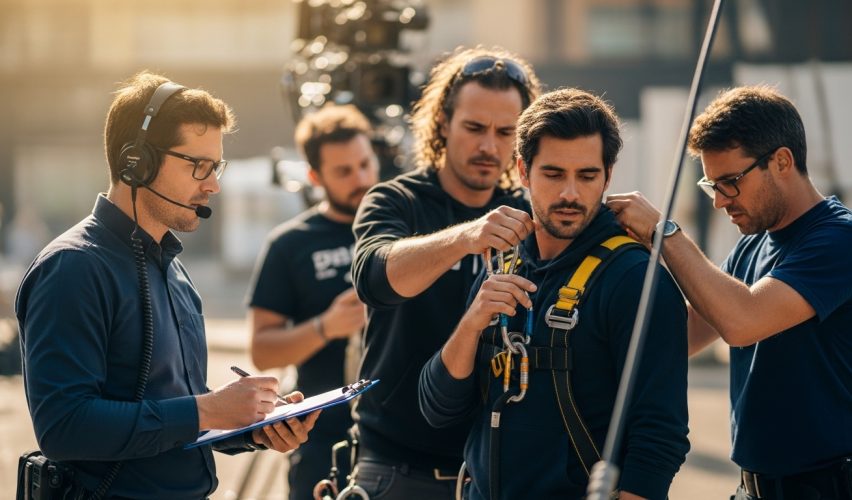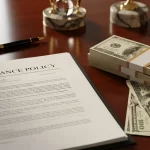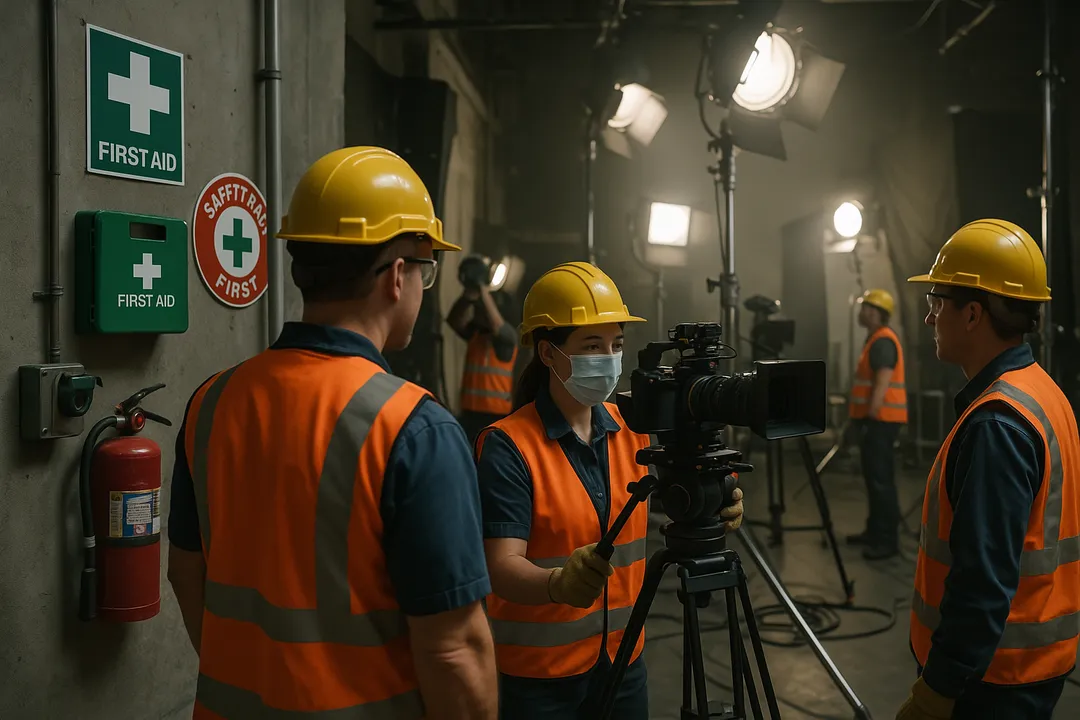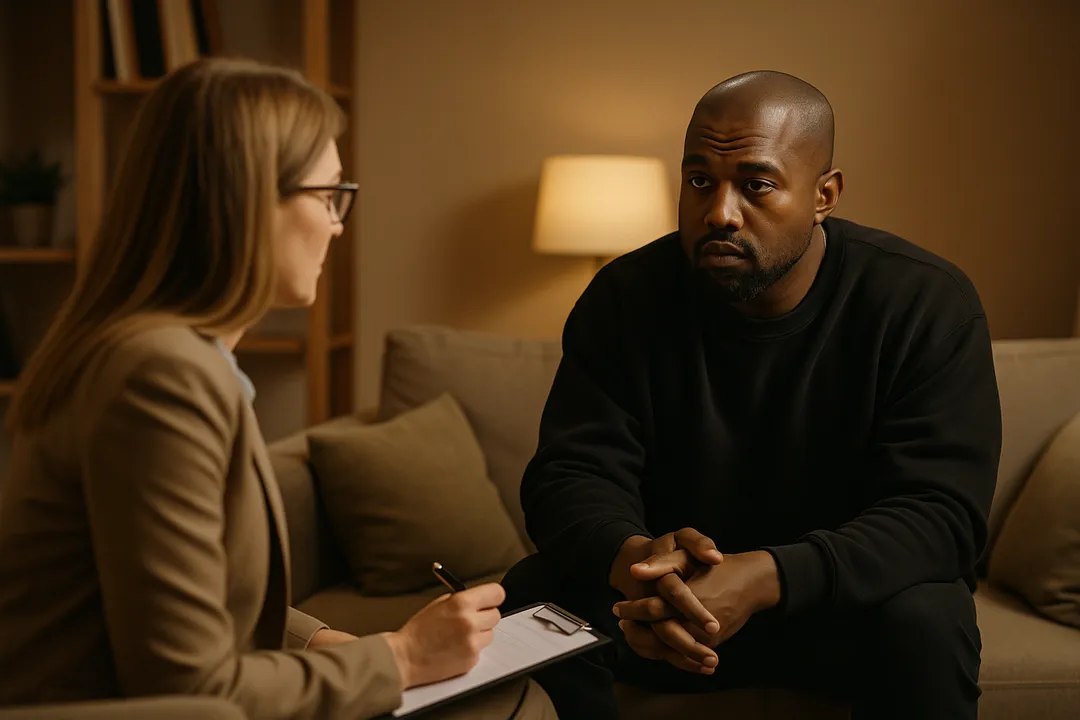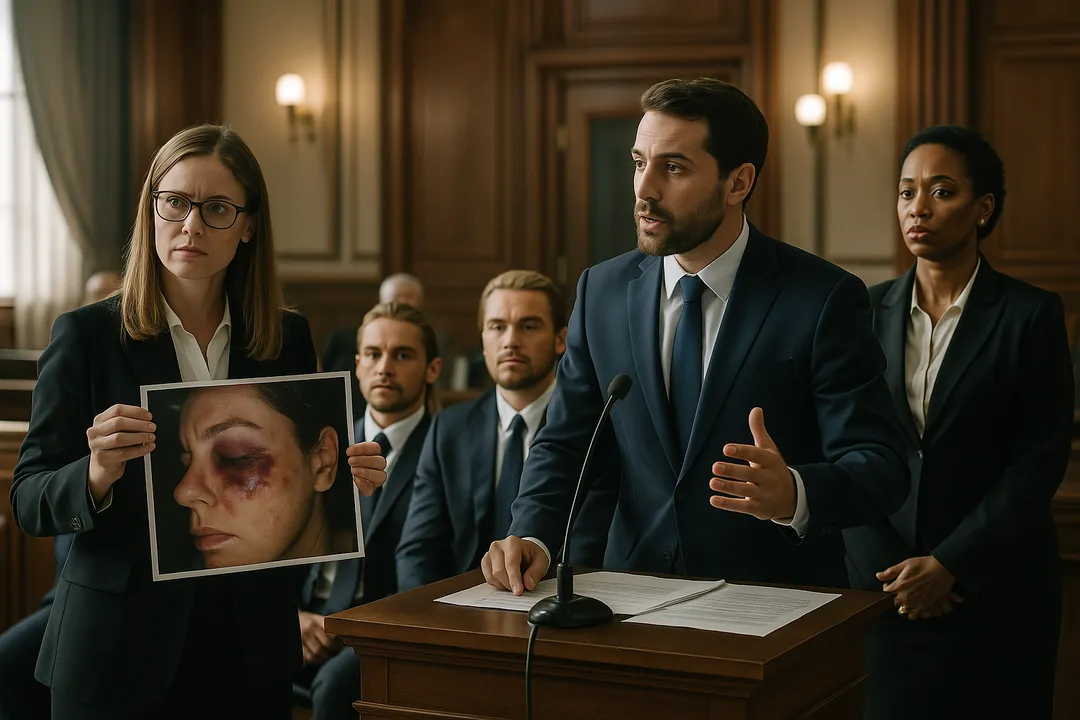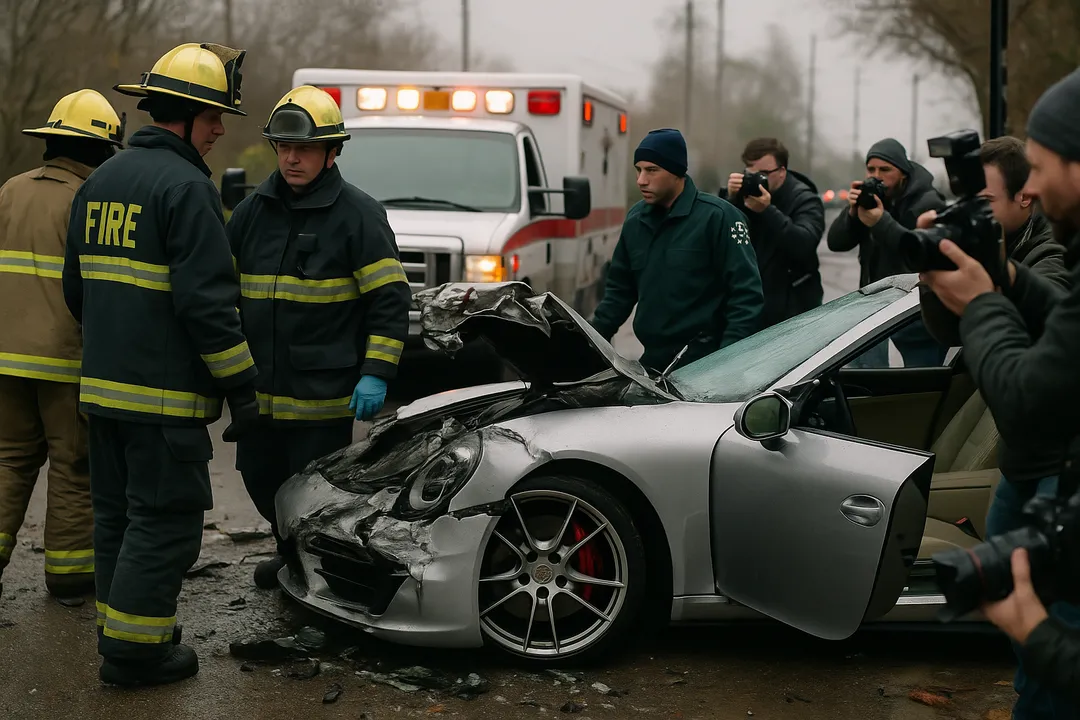Ensuring the safety of actors and crew on film sets is paramount in the Hollywood industry. On-set safety protocols are meticulously crafted to protect everyone involved in the production process. These measures are crucial, as the inherent risks associated with stunts, special effects, and the use of firearms can lead to severe injuries or fatalities if not properly managed.
Hollywood demonstrates a strong commitment to maintaining a safe working environment for its stars and crew. This commitment is evident through the implementation of comprehensive safety guidelines, regular training sessions, and the employment of specialized safety personnel. The industry continuously evolves its practices to mitigate risks and enhance protection on set.
Recent incidents have underscored the importance of robust safety measures. The tragic death of cinematographer Halyna Hutchins on the set of “Rust” in 2021 brought significant attention to the critical need for stringent safety protocols. Such events serve as stark reminders that even minor lapses can have catastrophic consequences.
By focusing on Hollywood filming safety, the industry aims to prevent accidents and ensure that every individual on set can perform their duties without fear of harm. This article will explore various aspects of on-set safety protocols, highlighting how Hollywood protects its stars during filming.
Common Hazards Faced by Actors and Crew on Film Sets
Hollywood productions bring together elaborate sets, complex equipment, and fast-paced schedules—an environment where film set hazards can quickly escalate. The most prominent safety risks include:
1. Firearms
Scenes involving guns pose unique dangers. Even when only blanks or dummy rounds are used, improper handling or lapses in protocol have resulted in serious injuries and fatalities. The tragic incident on the “Rust” set is a stark reminder of these risks.
2. Stunts
High-octane action sequences often require actors and stunt professionals to perform dangerous maneuvers. Falls from heights, vehicle crashes, and pyrotechnic effects introduce the potential for broken bones, burns, or more severe trauma.
3. Health Risks
Crowded sets and long hours can expose cast and crew to contagious illnesses. Respiratory hazards from smoke machines or dust, as well as fatigue-related accidents, also threaten wellness.
Accidents impact productions on multiple levels. A single incident can halt filming indefinitely, inflate budgets, and trigger legal battles. For individuals, injuries may lead to long-term health consequences or end careers prematurely. Emotional trauma following an accident can affect not just those directly involved but the entire team’s morale.
Film set hazards demand vigilant attention during every stage of production—preparation, rehearsal, and execution—to minimize actor safety risks and address ongoing Hollywood safety concerns.
Ensuring Firearms Safety on Film Sets
Strict firearms safety guidelines are standard practice in Hollywood. Every weapon—real or replica—is treated as if it’s loaded at all times. This core rule is echoed across sets, regardless of the film’s budget or genre. No gun is ever pointed directly at another person, even when a shot appears to require it. Camera angles, blocking, and editing techniques are used to create the illusion of danger while keeping everyone out of harm’s way.
Key firearms safety protocols include:
- Assume All Guns Are Loaded: Cast and crew operate under the mindset that any firearm could fire a live round unless verified otherwise by a qualified professional.
- Never Point at People: Even unloaded guns or those using blanks are not aimed at actors or crew. Scenes are staged to avoid any risk.
- Finger Discipline: Only place your finger on the trigger when ready to shoot and only during an actual take. At all other times—including rehearsals and between takes—fingers remain alongside the frame, away from the trigger.
- Trigger Control Practices: Weapons are kept in safe mode when possible; handling is minimized except by those trained and authorized to do so.
Actors receive briefings before handling firearms, and every handoff is witnessed and logged. These steps reduce uncertainty, establish accountability, and reinforce a culture where safety is never assumed—it’s actively maintained.
This approach builds trust on set and limits opportunities for preventable errors involving gun handling on set.
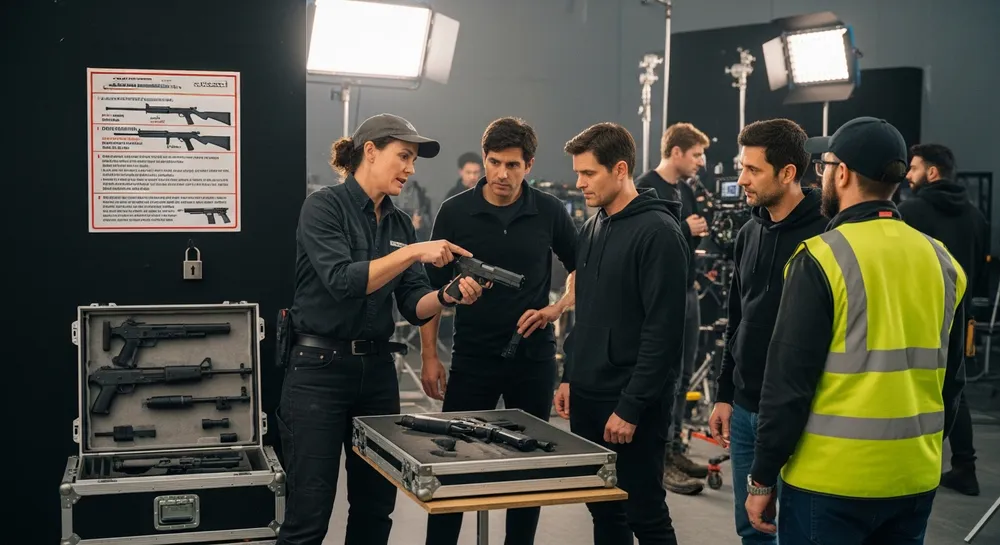
The Role of Qualified Professionals in Maintaining Safety Standards
Qualified professionals play a crucial role in maintaining safety standards on film sets. The property master and armorer are essential in ensuring that weapons are handled safely.
Responsibilities of Qualified Professionals
1. Qualified Armorers
These individuals are responsible for the maintenance, handling, and safety of firearms on set. They ensure that all weapons are properly loaded, unloaded, and stored, conducting thorough checks before any scene involving firearms. Armorers provide essential safety briefings to actors and crew members who will handle or be near firearms during filming.
2. Property Masters
These professionals oversee all props used on set, including weapons. They work closely with armorers to ensure that every item is safe and accounted for. Property masters have the authority to veto the use of any prop they deem unsafe.
Understanding the Distinctions Among These Roles
Understanding the differences between these roles is vital for effective safety management:
- Property Masters: Oversee all props, ensuring their safe use and storage.
- Armorers: Specialized in firearms, focusing solely on their maintenance and handling.
- Assistant Props Supervisors: Support property masters by managing the logistics and inventory of props.
The collaboration between these qualified professionals ensures that on-set safety protocols are strictly followed, minimizing risks associated with weapon use during filming.
The First Assistant Director’s Role in Overall Set Safety Supervision
The first assistant director (1st AD) plays a crucial role in ensuring safety on set. Their responsibilities go beyond just managing schedules and call sheets. The 1st AD is the main person in charge of coordinating all safety measures during filming.
Preemptive Safety Briefings
Before any scene that involves potential dangers—such as stunts, special effects, or intricate camera setups—the 1st AD holds a specific safety meeting with the cast and crew. These briefings are designed to make sure everyone is aware of the risks involved and knows how to handle them.
Key Responsibilities
Some of the key tasks that the 1st AD handles include:
- Keeping an eye on every department to ensure they follow safety rules
- Facilitating clear communication between directors, producers, department heads, and crew members
- Stopping production right away if any unsafe situations come up
- Keeping records of any accidents or close calls for future evaluation and corrective measures
By being the main point of contact for both creative and technical teams, the 1st AD makes sure that safety is considered at every step of the filmmaking process—not just something that’s thought about later on.
Importance of Written Safety Plans and Regulations in Hollywood Filming
Documented written safety plans are crucial for all film shoots, as recommended by the Occupational Safety and Health Administration (OSHA). These plans provide a clear framework for managing potential risks, ensuring that all safety measures are systematically executed. By having comprehensive safety plans, productions can anticipate hazards and prepare appropriate responses, significantly reducing the likelihood of accidents on set.
California has even stricter regulations with its requirement for illness and injury prevention plans. This mandate includes anonymous hazard reporting mechanisms, allowing crew members to report unsafe conditions without fear of retaliation. This ensures continuous improvement in safety standards and holds productions accountable for maintaining a secure work environment.
Key Components of Regulatory Frameworks
Key components of these regulatory frameworks include:
- Risk Assessment: Identifying potential hazards and evaluating their severity.
- Preventive Measures: Implementing strategies to mitigate identified risks.
- Emergency Response Plans: Preparing detailed procedures for handling emergencies efficiently.
- Training Programs: Ensuring all crew members are educated about safety protocols and emergency procedures.
- Regular Inspections: Conducting frequent safety audits to ensure compliance with established guidelines.
These written safety plans are not just bureaucratic formalities but essential tools that protect everyone involved in film production. By adhering to OSHA film shoot guidelines and California’s illness prevention plans, Hollywood sets the standard for on-set safety, ensuring that both stars and crew can work in a safe and controlled environment.
Union Support Systems for Safety Reporting in the Hollywood Filming Industry
Unions play a crucial role in maintaining safety standards on Hollywood film sets by providing strong support systems for reporting unsafe conditions. Organizations like SAG-AFTRA and IATSE have established anonymous hotlines specifically designed to empower cast and crew members to report any safety concerns without fear of retaliation.
1. SAG-AFTRA Safety Hotlines
These hotlines offer a secure and confidential way for actors to voice their worries about unsafe practices or conditions on set. By ensuring anonymity, they encourage more individuals to come forward, which helps address potential hazards promptly.
2. IATSE Anonymous Reporting
Similar to SAG-AFTRA, IATSE provides anonymous reporting channels that allow crew members to report safety issues discreetly. These reports are taken seriously and investigated thoroughly, reinforcing the importance of a safe working environment.
Union support is crucial in holding productions accountable for maintaining high safety standards. The ability to report issues anonymously ensures that individual workers do not suffer any negative consequences for raising legitimate concerns. This layer of protection promotes a culture of continuous improvement in safety protocols, ultimately benefiting everyone involved in the filmmaking process.
By leveraging union resources and support systems, Hollywood can better enforce on-set safety protocols, protecting its stars and crew from preventable accidents.
Health Protocols Beyond Physical Safety Measures in the Hollywood Filming Industry
COVID-19 protocols on film sets have redefined what it means to keep cast and crew safe. Productions now routinely implement health screenings, regular testing, and mask mandates for indoor or crowded scenes. Isolation zones, staggered call times, and reduced set capacity help limit close contacts when filming resumes amid outbreaks or flu season.
You’ll see dedicated COVID compliance officers monitoring adherence to these guidelines. Their role includes managing symptom checks, ensuring hand sanitizing stations are available, and enforcing social distancing practices where feasible. This proactive approach aims to minimize disruptions from illness-related shutdowns and protect vulnerable team members.
Wellness protocols extend beyond virus prevention. Studios invest in mental health resources, hydration breaks, and access to medical care onsite. Some productions add air filtration systems or enhanced ventilation in sound stages as a response to airborne transmission risks. Nutrition services and fatigue management plans are integrated into daily routines, recognizing the toll of long shoot days on physical well-being.
Combining these wellness-focused strategies with traditional stunt and equipment safety measures leads to a more holistic environment—one where cast wellness measures receive equal priority alongside preventing physical hazards. This balanced approach keeps productions running smoothly and supports the sustained health of everyone involved.
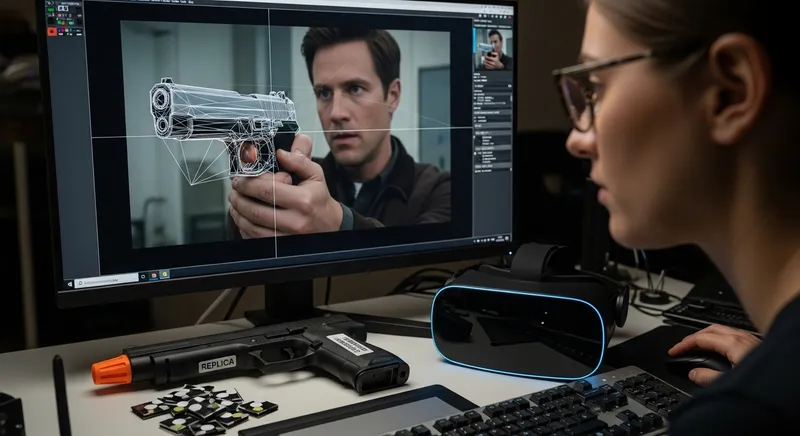
Technological Innovations Enhancing Safety Standards in the Hollywood Filming Industry
CGI Alternatives Firearms
The growing use of CGI and hardware replicas is revolutionizing on-set safety by replacing live firearms and dangerous stunts. These digital effects offer a safer alternative, significantly reducing the risk of accidents.
Benefits of Technology in Reducing Physical Risk
Technological advancements allow filmmakers to create realistic and visually stunning scenes without compromising safety. By using CGI, productions can simulate intense action sequences and firearm discharges with precision, eliminating the hazards associated with real weapons.
- Realism Without Risk: Advanced CGI techniques ensure that the visual integrity of the film is maintained, providing audiences with a seamless viewing experience.
- Enhanced Control: Hardware replicas and digital effects give directors complete control over scenes, minimizing unpredictable elements that often accompany live-action stunts.
- Cost Efficiency: Although initial investment in technology may be high, long-term savings arise from reduced insurance costs and fewer production delays due to accidents.
These technological innovations not only enhance safety but also open new creative possibilities for filmmakers, enabling them to push the boundaries of storytelling while ensuring a secure environment for cast and crew.
Industry Response to High Profile Incidents: The Future Directions for On-Set Safety Protocols in the Hollywood Filming Industry
The Rust incident’s impact rippled throughout Hollywood, triggering a rapid reassessment of on-set safety protocols. Halyna Hutchins’ tragic death in 2021 exposed critical lapses in firearm management, shifting industry priorities, and sparking demands for change. Studios, unions, and lawmakers responded with unprecedented urgency.
Key changes prompted by the Rust tragedy include:
- Immediate Production Pauses: After the incident, numerous productions halted use of live firearms, opting for replicas or digital effects until new standards could be established.
- Heightened Oversight: Studios enacted stricter internal audits and weapon handling protocols. Mandatory safety briefings before scenes involving firearms became more widespread.
- Industry-wide Dialogue: Unions such as IATSE and SAG-AFTRA convened emergency panels to review member concerns and recommend actionable improvements in “On-Set Safety Protocols: How Hollywood Protects Its Stars During Filming.”
Legislative efforts to film firearm safety drew attention at both the state and federal levels:
- Proposed Bans on Live Ammunition: California lawmakers introduced bills to prohibit live rounds on film sets entirely. Several states considered similar regulations.
- Mandatory Licensing for Armorers: Some legislative proposals require that only certified professionals manage weapons on set, with penalties for violations.
- Expanded Reporting Requirements: Drafted legislation includes provisions mandating the immediate reporting of any firearm mishap or near-miss to regulatory authorities.
These responses signal a shift towards prioritizing proactive risk mitigation alongside traditional creative practices. The aftermath of Rust continues to shape the conversation around responsibility and accountability within the industry.
Conclusion
Hollywood star protection requires a multifaceted approach. Safety protocols on film sets are crucial to safeguarding actors and crew members during production. As the industry evolves, continuous adaptation is necessary to address emerging risks and maintain safe working environments.
Key Takeaways:
- Firearms Safety: Treat all guns as loaded, practice proper handling practices, and increase the use of CGI.
- Qualified Professionals: Roles of property masters, armorers, and assistant props supervisors.
- Safety Oversight: First assistant directors’ responsibilities and union support systems.
- Written Safety Plans: Importance of OSHA recommendations and California’s mandates.
- Health Protocols: Integration of wellness measures alongside physical hazard prevention.
The tragic incident on the “Rust” set underscores the importance of robust safety protocols. Hollywood continues to refine these measures, ensuring that on-set safety remains a top priority.


